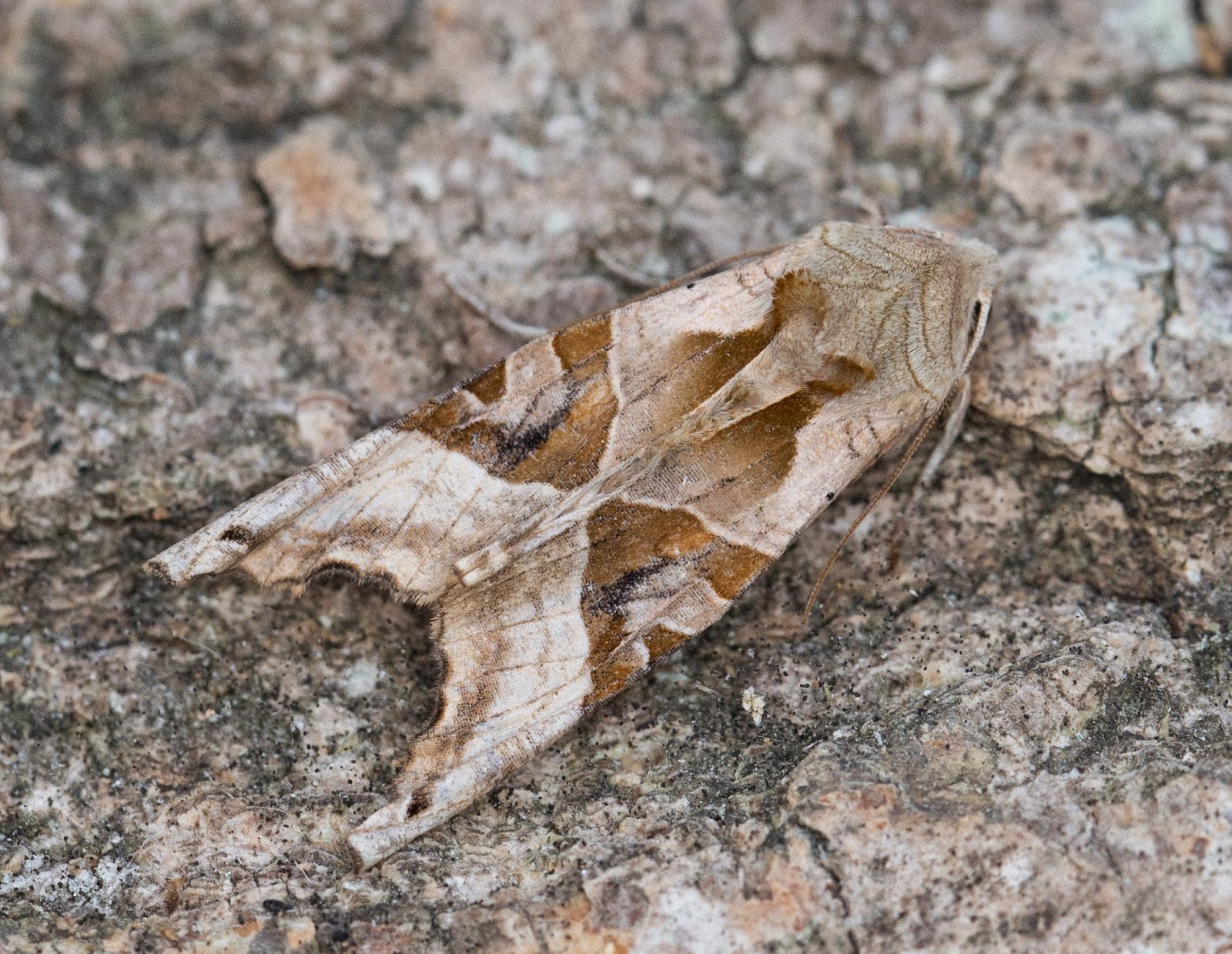Its been a while since I have had a chance to get to Pennington Marshes so after a local bird survey I spent a couple of hours at Pennington with a short stop at Needs Ore Point. The undoubted highlight was a juvenile Spoonbill showing well on Efford Lagoon. For a Spoonbill it was relatively lively preening and wandering around, so often Spoonbills are content to stand on one leg for hours on end with their head tucked away.
I spent some time on the bend at the bottom of Lower Pennington Lane scanning the marshes. The water level is high here now and large numbers of birds are present with Wigeon, Shoveler, Teal, Pintail, Lapwing, Black-tailed Godwit, Curlew, Redshank and Starling being present in large numbers. Pintail numbers seem to be very good this year and I estimated at least 175 birds on the floods. Always a little on the distant side for good images, the below provides an indication of the spectacle on Pennington Marshes at the moment.
Mixed flock of Shoveler, Teal, Pintail and Black-tailed Godwit
Mixed flock of Lapwing and Starling
Mixed flock of Lapwing, Pintail, Teal and Black-tailed Godwit
The Brent Geese have taken to their usual field between the camp ground and Lower Pennington Lane. Today there were around 1,500 birds present, some of them showing fairly well. Brent Geese are fantastic birds and very evocative of our south coast marshes and mudflats. There were many juvenile birds present suggesting a good breeding season. While watching a group of three Peregrine pass north overhead flushing all the geese, they headed someway west before returning to feed in the same field.
Adult Brent Goose with a juvenile in the background told by the prominent white edges to the wing coverts
Brent arriving at the field to feed
Adult male and female Brent, the male (the left bird) has the bulkier head and bill
There were good numbers of gulls on Efford Lagoon with around 50 Herring Gull, 15 Great Black-backed Gull, 250 Black-headed Gull, 1 Mediterranean Gull and 15 Common Gull. Its great to have a gull spot at the site and I am sure numbers will begin to build here as the winter progresses and gulls begin to discover the site.
Herring Gull and Black-headed Gull - Most of the Herring Gull are adult with smaller
numbers of 3rd winter birds
Great Black-backed Gull - A first winter bird
Great Black-backed Gull - Adults
Black-headed Gulls - The left hand bird shows a significant pink flush to the plumage which was more obvious in the field than here. The pigment responsible for this pink flush is thought to be Astaxanthin a Carotenoid. These are biosynthesised by plants and algae which are then consumed by crustaceans and fish which form part of the diet of many seabirds.
Mediterranean Gull - A second winter bird
Mediterranean (same bird as above) and Great Black-backed Gull - This Med Gull has a single dark tip to P7 as well as a dull bill showing that it is an immature bird
After spending some time at Efford Lagoon I wandered out to Fishtail Lagoon and back around Butts Lagoon. It was very blustery with a strong south-west wind blowing and the lagoons were fairly difficult to scan as a result. I spent some time at Fishtail Lagoon finding a sheltered spot and spent some time going through the birds that had gathered here, other than a Greenshank there was nothing much new but the Wigeon were performing well grazing round the lagoon margins while Pintail upended showing how they got their names to full effect. I spent a short while scanning the sea but it was very rough and difficult to find a sheltered spot from which to scan, four Red-breasted Merganser and three Great Crested Grebe were all that could be seen. I wandered back towards the car scanning Pennington Marshes once more. A female Marsh Harrier skimmed east and then back west across the marsh and flushed most of the birds but after wheeling around for a short while they soon settled. I then noticed a sizeable flock of around 250 Golden Plover, a good count for the site.

Two male and three female Wigeon - Wigeon spend a great deal of their feeding time
grazing short swards adjacent to the waters edge
Pintail - Upending birds showing why they are called Pintail
Pintail - A male and one of my favourite ducks
Golden Plover - Part of a flock of 250 on Pennington Marsh
Curlew - Nice views alongside Lower Pennington Lane
Curlew - Foraging for Earthworms
I then headed for Needs Ore Point and spent a short while watching from the hides. It was very quiet but the sun was out and it was pleasant enough. There were small numbers of duck on the lagoons and a small flock of nine Avocet. It was now 14:00 and I needed to head home.
Mallard - Males were looking cracking in the late afternoon sun
Gadwall - Always look drab even in good light, up close the males are finely vermiculated grey adding a bit of interested
Buzzard - Grappling over the roadbeds at Needs Ore Poin
Buzzard - Grappling over the reedbeds at Needs Ore Point
Avocet - Flock of nine at Needs Ore Point




























































